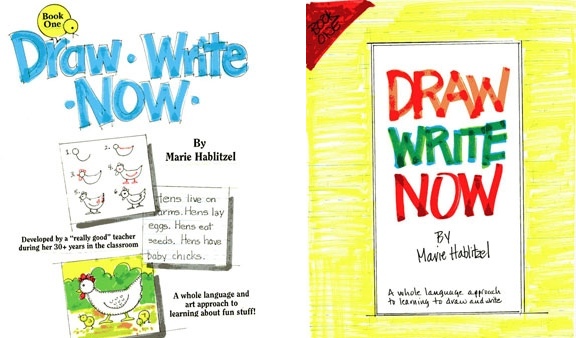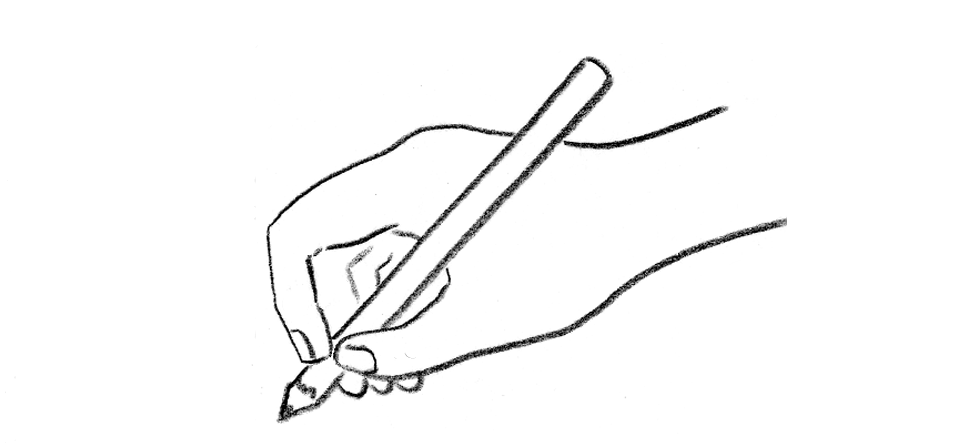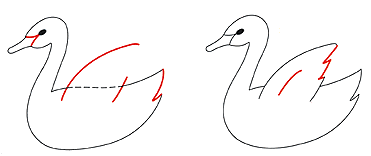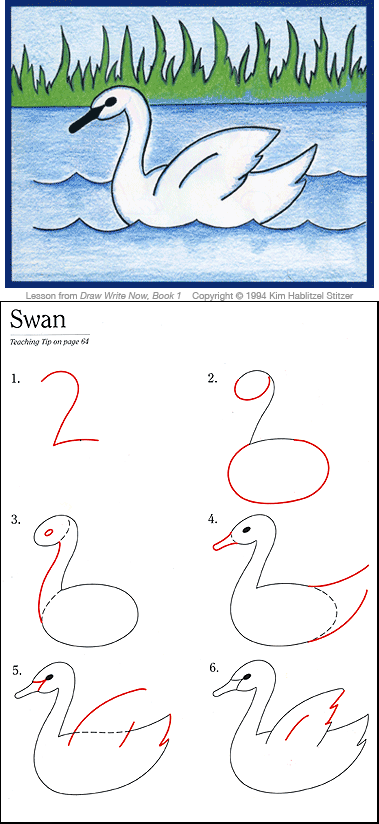I’m having a hard time focusing on my pile of work that MUST get done today. It appears I’m grieving the passing of Steve Jobs. So, maybe if I write a bit, I’ll get back on track.
I got my first Mac in 1994, right after our first book was published. I bought the thing the same week my husband was laid off from work. It was scary to put down so much money, but I knew I had to learn how to use the computer. The Mac was what our publisher used. Actually, it was the only computer with programs that worked for publishing. Besides that, Macs made sense to me… PC’s befuddled me. They still do. I’ve stayed with Apple all these years and, fortunately, always found a program that worked to cover shipping or whatever for the business.
This editorial by the Seattle Times was published on August 25 after Jobs resigned: http://seattletimes.nwsource.com/html/editorials/2016015834_edit26stevejobs.html Here’s what struck me:
His story could not have been predicted or planned. The Mac’s proportionally spaced fonts helped create desktop publishing. To hear Jobs tell it, their reason for existence was that years before, he attended Reed College in Portland. He became bored with classes and dropped out — but he hung around campus to audit classes that fascinated him. One was calligraphy and typography. It was fascinating to him but completely useless — until it came time to design the Mac.
He called this story “connecting the dots,” but he said, “You cannot connect the dots looking forward.”
Some of the little things we do with children may seem “completely useless”. You never know… during a lifetime, one of those experiences may be just what is needed for connecting some dots. Using Steve Jobs as inspiration, take time to draw, write and learn with children. YOU might find it fascinating!


































